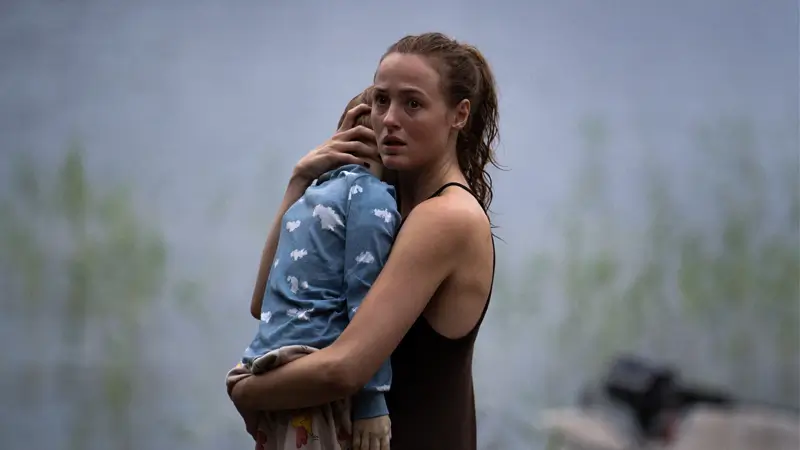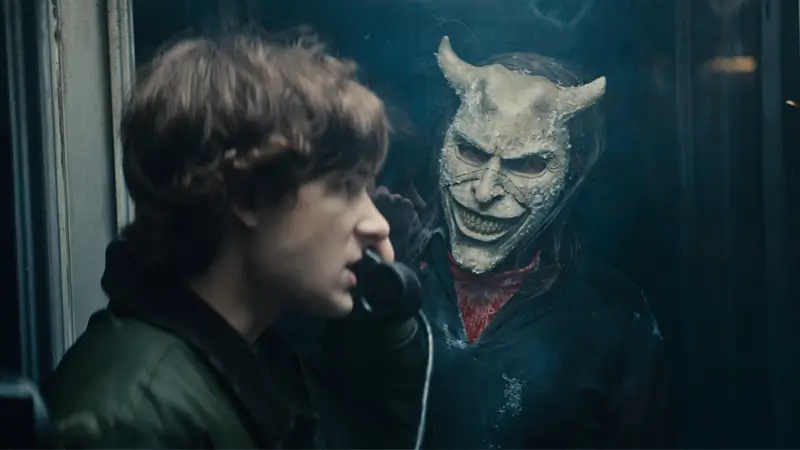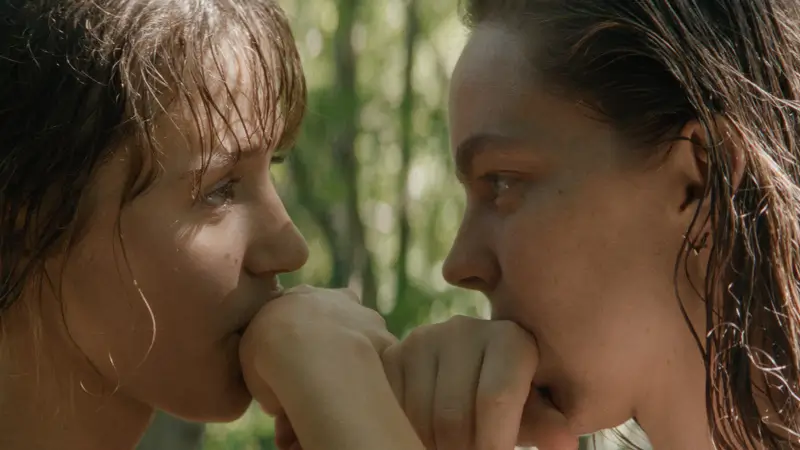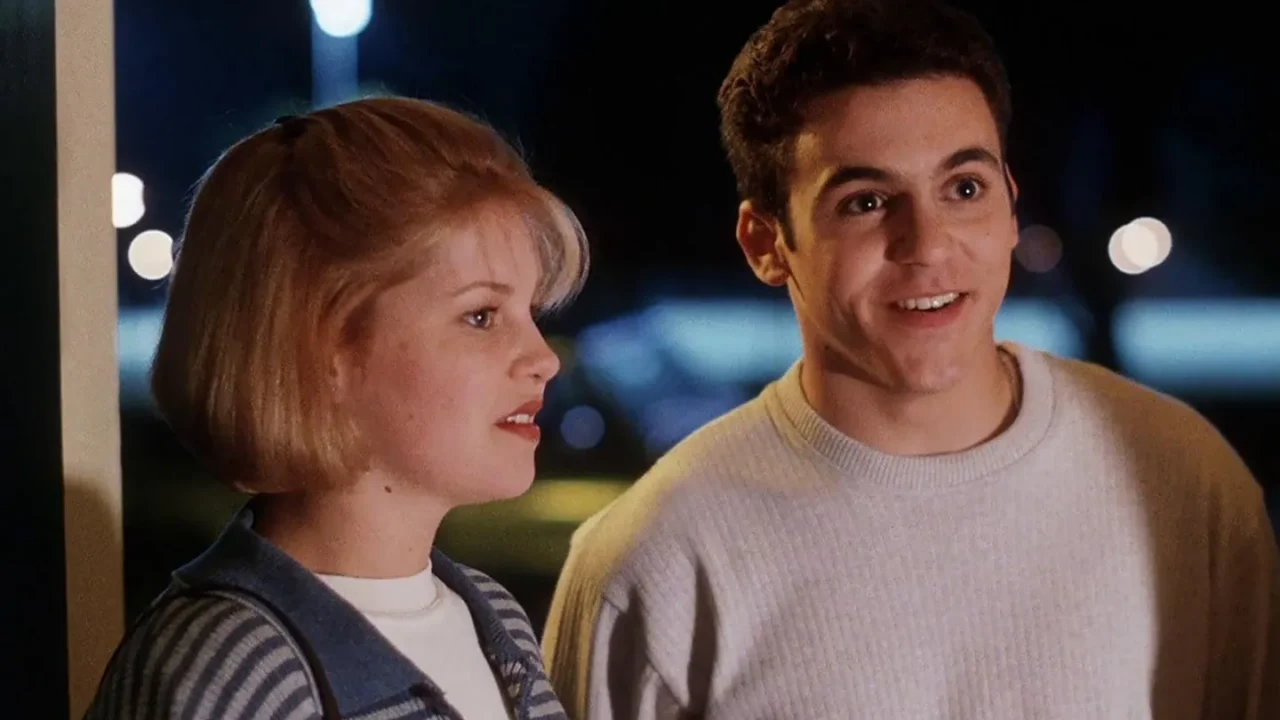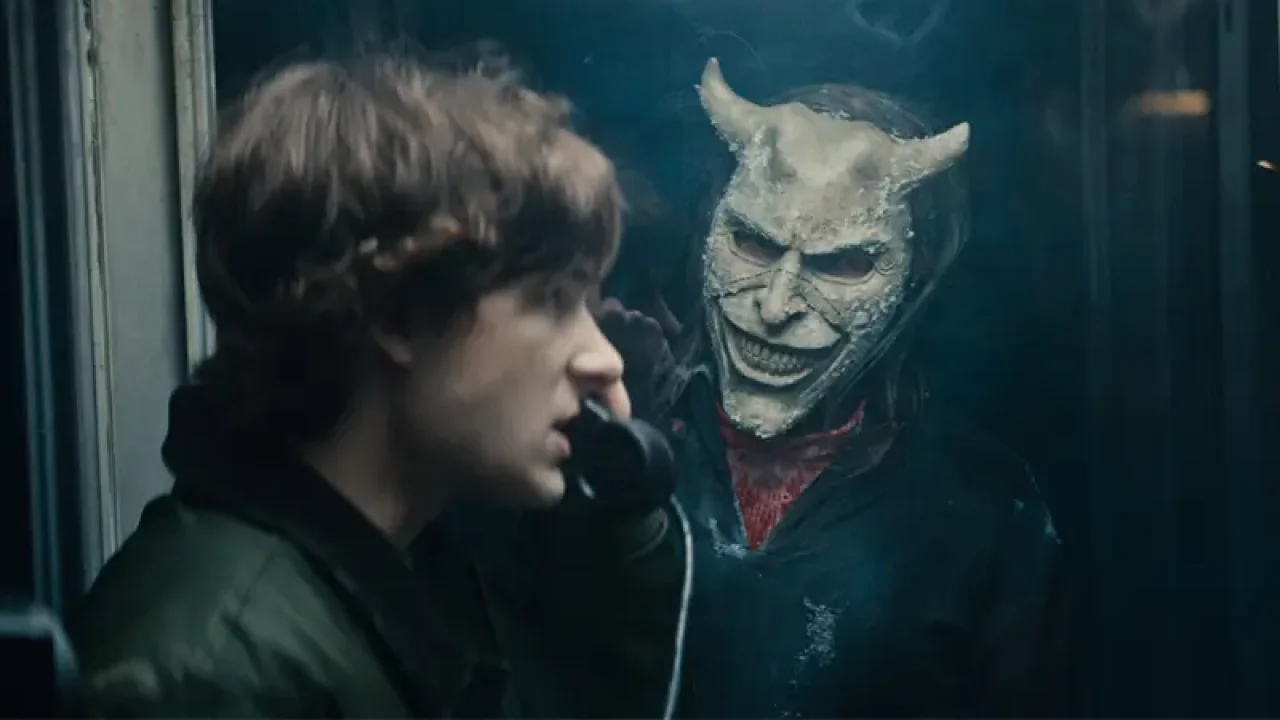The most fascinating aspect of horror cinema is, without a doubt, its elasticity in representing almost any horror conceived by the human mind, from the most imaginative monsters to terrifying killers. Each generation has its fears, but there is an observable trend in the genre in recent years: psychological horror that addresses mental illnesses.
- Further reading: Review: 28 Years Later disappoints even decades later
Although not exactly something new, it is a trend that has grown, and it has done so with several key differences compared to its predecessors. Undoubtedly, you may have observed this in recent films like Smile (USA, 2022). But this title, due to its popularity, is just the “tip of the iceberg.”
What is behind the growing popularity of these films? And what other examples exist? Here’s everything you need to know.
Background: What is psychological horror?
Within the various categories of the genre, psychological horror stands out from other subgenres because the tension is provided by the emotional and psychological vulnerability of the human mind. That is, it deals with films that address the darker or repressed aspects of human psychology, such as paranoia, distress, and, crucially, fear itself.
The difference is that, in other horror subgenres, fear can be embodied in a monster or a killer, or even through violence itself, as is often the case in slasher films. In psychological horror, the threat can – and often is – very human, coming from within the protagonists or other characters.
This is not new. German Expressionism as an artistic movement in the early 20th century – and in its cinematic form too – expressed aspects of the inner anguish of its characters in its visual form, meaning: in production design, costumes, sets, makeup, and cinematography.
A notable example is The Cabinet of Dr. Caligari (Germany, 1920), whose twisted sets, iconic makeup, and grim plot about a hypnotist killer (Werner Krauss) and the somnambulist (Conrad Veidt) he uses for his ends, exalted the sense of despair and paranoia in Germany after the First World War.
In later years, the most popular horror related to monsters and extraterrestrial beings in their most literal forms. However, psychological horror has always resurfaced over the years. The emblematic Psycho (USA, 1960) is considered a turning point in the genre, opening the door to both slasher films and psychologically disturbed but complex antagonists. In Italy, hyper-stylized films about crimes with psychosexual undertones, known as giallo, became popular, including titles like The Bird with the Crystal Plumage (Italy, 1970) and Deep Red (Italy, 1975), both by Dario Argento.
Psychological horror took on other layers of depth when the boundary between the supernatural and the real experiences of the characters began to blur. In The Exorcist (USA, 1973), directed by William Friedkin, an ambiguity is established about the origin of the affliction of the girl, Regan MacNeil (Linda Blair), which cannot be detected by science, while at the same time, Father Karras (Jason Miller) faces a crisis of faith in performing the exorcism.
Friedkin’s film has been read as a product of the United States that, after the political, social, and cultural upheavals of the 1960s, could no longer ignore the historical and systemic ills of its society. These are themes, in one form or another, recurrent in exorcism films.
This opened the door to increasingly disturbing and ambitious stories that explored realms such as domestic life or even the psyche of their characters. The Shining (UK, 1980) is a clear example of the former. On the other hand, A Nightmare on Elm Street (USA, 1984), while a slasher, injects surrealist elements to reveal the disturbing shadows lurking beneath the idyllic facade of suburban life in the United States.
However, in many of the examples cited, psychological horror represents fear in an external entity, a tangible and visible other. Contemporary expressions of the subgenre seem to focus more on the experience of fear itself, and its origins. There are several reasons for this.
Why have films about mental illness become popular?
Like everything in art, cinema also responds to the social, political, cultural, and economic circumstances from which it is born as well as the one it is inserted into. Just as The Exorcist, for example, echoes the United States of Richard Nixon and Vietnam, we can say that horror about mental illnesses has something to say about both the current living conditions and the concerns – individual and collective – of our time.
In her book on horror cinema Feeding the Monster: Why Horror Has a Hold on Us (Faber & Faber, 2024), film critic Anna Bogutskaya writes:
“There’s never been a time more ripe for horror than now. My generation – that of millennials – is one of fractures. We have not had a Great War, but we’ve endured an endless string of them, bearing witness to conflicts all around the world via twenty-four-hour rolling news and the Internet, constant social media notifications about the next catastrophe erasing the very idea of peace (…).
The rise of the extreme right, the constant, muted threat of terrorism, never-ending economic strain and social instability have all but neutered our ability to be shocked (…). We were taught a set of social norms and expectations that were no longer viable as soon as we entered adulthood. Gen Z, meanwhile, have been born into a collapsed society, with no one even bothering to make promises anymore since change has become ubiquitous, and ever-present instability has made more politicised by necessity (…)”.
Bogutskaya talks about a new horror cinema more focused on what psychologist Silvan Tomkins calls “negative affects,” that is, the negative emotional experiences themselves: anger, anxiety, shame, fear.
Part of the reason why psychological horror has gained more interest in mental illnesses is, according to Bogutskaya, that “horror movies are more concerned with the personal experience of horror rather than, say, the horror being contained in a physical monster that can be killed. There is a larger and more primal concern at play: we want to be ‘good,’ but we don’t know what that means any more.”
That’s why today we can see horror films like Smile, where the experience of depression leads the characters to moral extremes to save their lives (even if, eventually in the plot, the experience is embodied in a monster).

Smile is perhaps the most well-known and commercial example of a long chain of titles with this approach. Check out other similar cases:
Recent examples of horror Films about mental illness and negative psychological experiences
- It Follows (USA, 2014): The film metaphorically addresses shame and social stigma through a curse that is sexually transmitted.
- The Babadook (Australia, 2014): A horror story about a mother who must protect her son from a monster that begins to manifest in reality, dealing with issues like single motherhood and resentment toward children.
- The Voices (USA, 2014): A kind but disturbed man meets a beautiful woman at work. When he gets home, he tells his dog and cat, who tell him what to do about his infatuation, with lethal consequences that echo schizophrenia.
- The Lodge (UK, 2019): A young woman gets trapped alone with her two stepchildren in a remote cabin due to a snowstorm, a loneliness that awakens the effects of her religious indoctrination.
- Swallow (USA, 2019): Upon discovering she is pregnant, a woman aspiring to be the perfect wife simultaneously develops an obsession with swallowing sharp objects, a crisis that triggers the truth about her relationship with herself.
- Saint Maud (UK, 2019): After a dark trauma, a devout nurse is put in charge of a terminally ill dancer and vows to save her soul no matter the cost. A disturbing story full of guilt, submission, and fanaticism.
- Midsommar (USA, 2019): A dense cocktail of negative emotions that, through folk horror, deals with issues such as grief and depression after a difficult family loss.
- Relic (Australia, 2020): This production follows a mother and daughter as they face the possible possession of the grandmother, an allegory about the inheritance of senile dementia.
- The Kindred (UK, 2021): A woman wakes up amnesiac from a coma and must rediscover the truth about her father’s suicide, in a plot that deals with abuse and generational trauma.
- Malignant (USA, 2021): With a twist that must be seen to be believed, this film by James Wan can be interpreted as an allegory for bipolar disorder.
- The Bone Woman (Huesera, Mexico, 2022): While expecting a baby with her husband, a woman is haunted by a sinister creature, putting at risk her sanity, her pregnancy, and what she truly wants for herself.
- Smile (USA, 2022) and Smile 2 (USA, 2024): Although with different characters and circumstances, both films deal with the depression and guilt of their protagonists, transmitted through a curse between those who witness a traumatic event. Both parts also deal with the social expectation of repressing true feelings.



